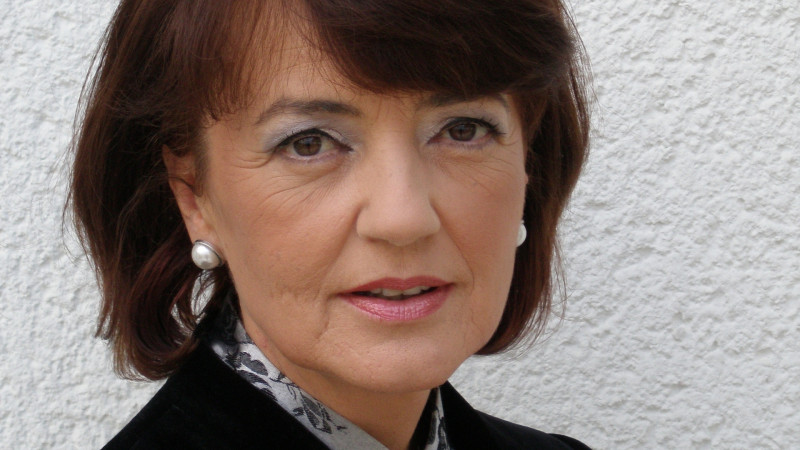Lučka Kajfež Bogataj

The joint recipient of the Nobel Peace Prize in 2007, she is one of Slovenia’s pioneers in researching the impact of climate change, and she regularly informs the general public of her findings. She is a full professor and teaches at the Biotechnical Faculty, while also lecturing at the Faculty of Mathematics and Physics and at the Faculty of Architecture. Since back in 1996 she has headed the Centre for Biometrology at the Biotechnical Faculty.
Dr. Lučka Kajfež Bogataj graduated from the Faculty of Natural Sciences and Engineering, gained her doctorate at the Biotechnical Faculty and then proceeded to pursue post-doctoral training in the USA and Sweden.
For 16 years now she has been a member of the UN Intergovernmental Panel on Climate Change (IPCC), within which she has performed a large number of different functions. In 2007, for its efforts towards raising public awareness about the fatal consequences of the warming of the atmosphere, the IPCC received the Nobel Peace Prize, and thus Lučka Kajfež Bogataj, as part of the IPCC team, became a joint recipient of the Nobel Prize.
A year later the then President of Slovenia, Danilo Türk, conferred on her the Order of Merit “for her far-reaching scientific work in the field of studying climate change and her dedication to protecting the environment”. She received a medal for scientific merit from the University of Veracruz (2008), an honorary doctorate from the University of Primorska (2011), and on the European level she was named in the group of women that inspire Europe (2012).
Her research focuses on the field of climate change and applied meteorology, especially the impact of weather and climate change on plant production and humans. She collaborates on numerous projects, both nationally and internationally.
Among the projects with media prominence is the European project Heat-Shield, in which researchers from the Biotechnical Faculty of the University of Ljubljana, including Dr Lučka Kajfež Bogataj, in cooperation with the Jožef Stefan Institute, are determining how heat waves affect workers.
She is aware of the importance of communicating high-quality information, so her work does not stop at the school gate, and she participates actively in various public debates, round tables and lectures aimed at familiarising the general public with her professional field. Her work therefore includes several hundred popular and professional articles and three books for young people.
